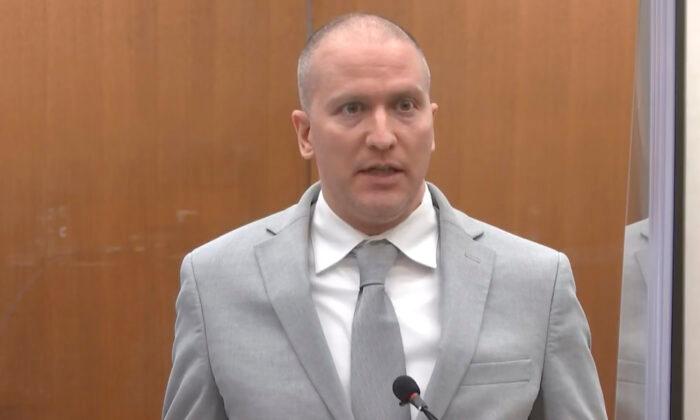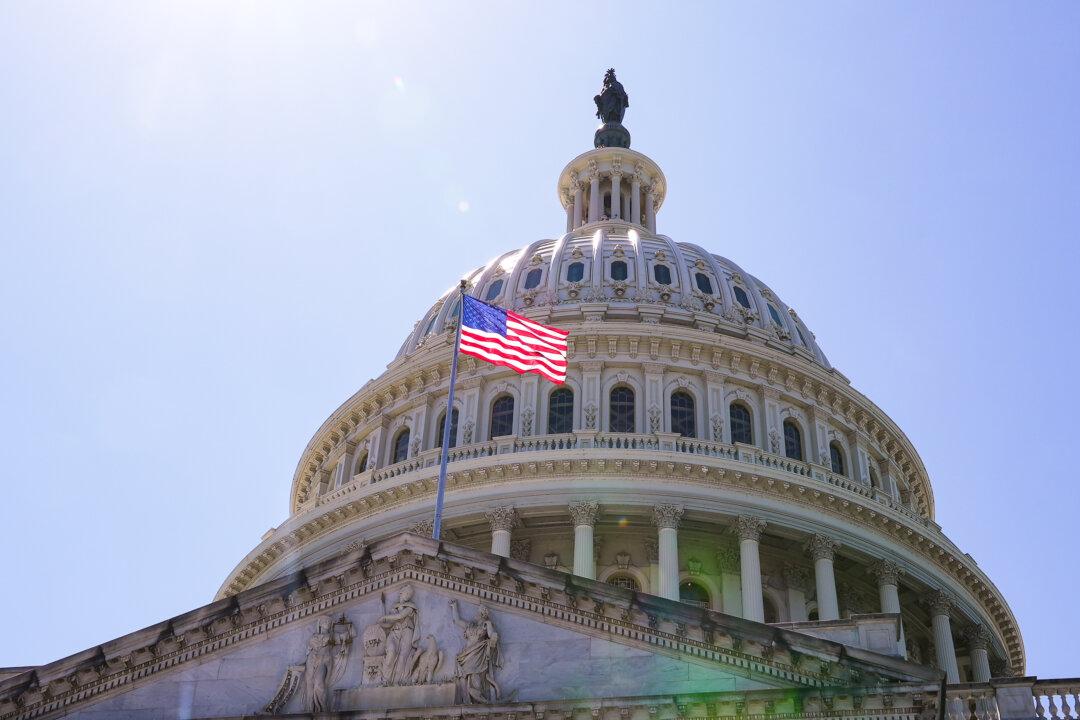Chauvin was convicted in April of second-degree unintentional murder, third-degree murder, and second-degree manslaughter in Floyd’s death. He was later sentenced to more than 22 years in prison earlier this year.
Last month, Chauvin filed an appeal and sought “pauper status,” meaning that he wouldn’t have to pay court costs and filing fees. Chauvin also applied to receive a public defender because “his debts currently exceed his limited assets.”
The Office of the Minnesota Appellate Public Defender ruled him ineligible. On Wednesday, the Minnesota Supreme Court agreed.
“Having reviewed Chauvin’s request, the information provided regarding his assets and debts, and the OMAPD’s (Minnesota Appellate Public Defender) determination, we conclude that Chauvin has not established that he is entitled to appointed representation at this time,” the state Supreme Court ruled.
Chauvin could seek a public defender in the future if he’s not able to pay for a lawyer, the Supreme Court also contended.
Chauvin and the three other ex-Minneapolis police officers—Tou Thao, Thomas Lane, and J. Alexander Kueng—are also charged with federal civil rights offenses. The four on Sept. 14 pleaded not guilty to the charges.
The former officer also filed an affidavit saying he has no attorney in the appeals process and has no income aside from nominal prison wages. The Minnesota Police and Peace Officers Association’s legal defense fund paid for his case before Judge Peter Cahill.
“I have been informed that their obligation to pay for my representation terminated upon my conviction and sentencing,” he wrote.
Other issues he raised were the court’s move to not allow Morries Hall, who was with Floyd during the night of his death, to testify, the court’s denial of the defense’s “post-verdict motion for a new trial due to juror misconduct,” and several other complaints.
After Chauvin was seen on Floyd’s neck during a viral video captured in Minneapolis on Memorial Day 2020, demonstrations, riots, arson attacks, and vandalism erupted in Minneapolis and in other cities across the United States. Some police groups have alleged that protesters’ anti-police animus triggered an increase in violent crime last year and in 2021.





